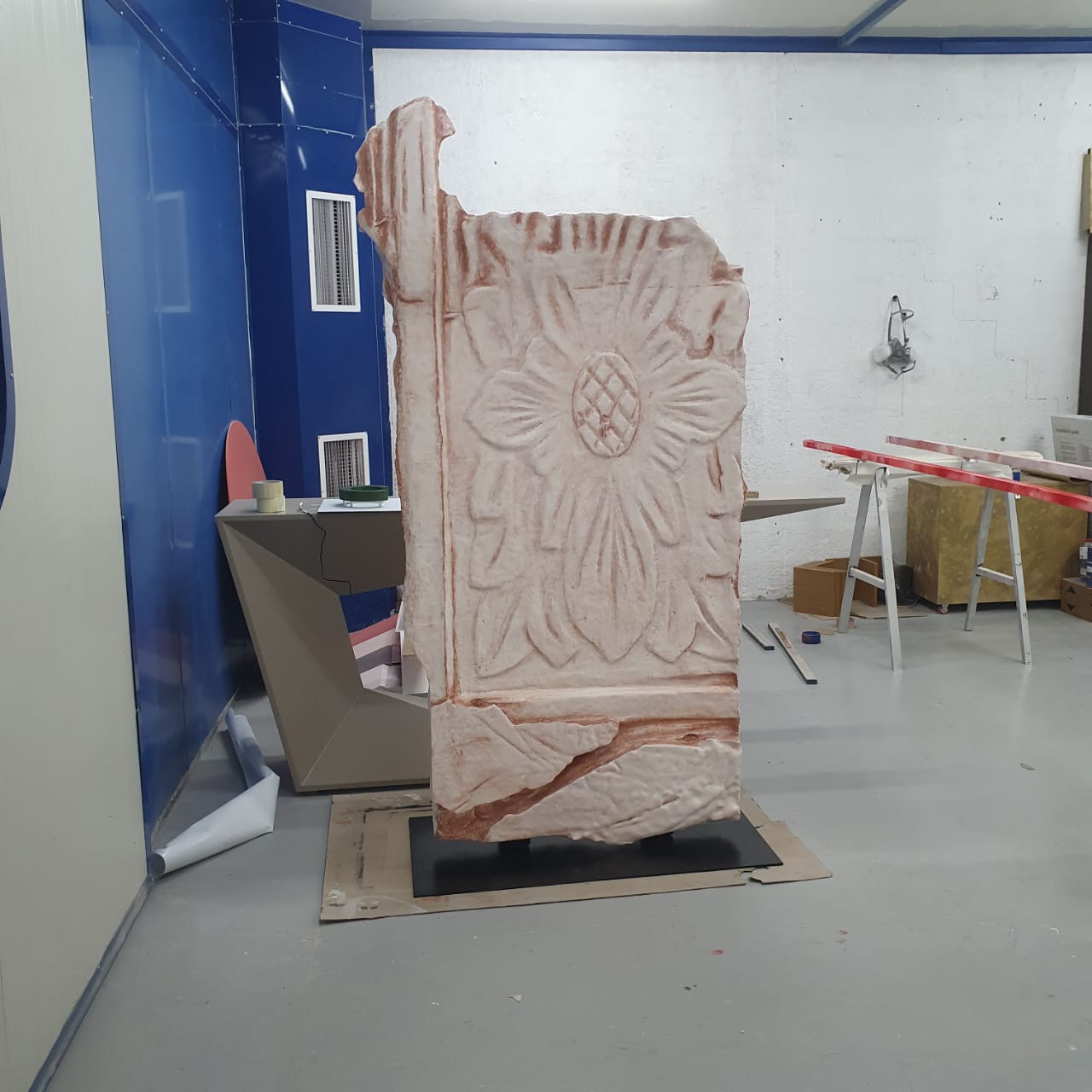
Reverse engineering combined with 3D printing offers a transformative approach for replicating, redesigning, and optimizing parts for a variety of industries. By utilizing cutting-edge technologies, we can recreate obsolete or damaged parts with high precision and efficiency, saving time and costs.
By integrating reverse engineering with 3D printing, businesses can efficiently reproduce parts, reduce downtime associated with part replacement, and optimize their supply chain processes. This approach is highly adaptable for industries such as automotive, aerospace, manufacturing, and more.
The process of reverse engineering and 3D printing involves several key steps. Here’s an in-depth look at how we bring your parts to life:
Q: How accurate is reverse engineering with 3D printing?
Q: What types of materials can be used for 3D-printed parts?
Q: How long does the reverse engineering and printing process take?
Q: Can you improve existing designs?

Experience the Future of Creativity, Turn Your Imagination into Reality Through 3D Printing
Website Designed & Developed by Digimaxcreatives.com
